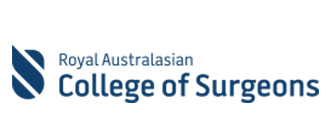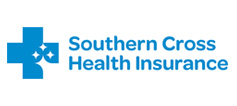Rehabilitation is a treatment method designed to facilitate recovery after a serious injury, illness, or surgery. It is aimed at restoring the physical, sensory, intellectual, psychological, and social functions of the patient.
The goal of a rehabilitation program varies depending on the patient's needs but is aimed at achieving a quick recovery. This program assists the patient to return to normal life through therapy or training.
The postoperative rehabilitation program offers faster healing.
A rehabilitation program is recommended for people who cannot resume their normal activities following an injury or surgery. The rehabilitation team works with the patient on various physical activities and flexibility exercises that help to regain the strength and motion of the muscles in the injured site.
The most common and immediate treatment modality that provides relief from pain is the RICE treatment comprised of rest, ice, compression, and elevation. The RICE treatment is used for acute injuries such as sprains, strains, bruises, and contusions. Crutches split, or wheelchairs are used as immobilizers to provide support and prevent movement of the injured joints. A rehabilitation program often includes stretching and bending exercises, massage, stability exercises, physiotherapy, heat therapy, and much more.
Various techniques employed in a rehabilitation program have the significance of their own in improving physical performance and restoring the patient to normal activities.
- Stretching and bending exercises improve the flexibility of the muscles at the injured site
- Massage techniques relieve the tension of the muscles and improve the blood flow to the site of injury
- Stability exercises restore the functions and movements of broken or injured joints
- Use of appropriate gear corrects biomechanical dysfunction, such as specially designed running shoes which are recommended for sports individuals with a foot injury. These shoes have a harder material inside the sole which holds the foot firmly.
Practising several measures may help you obtain better results from the rehabilitation program:
- Gradually increase the time and intensity of the exercises
- Exercise and walk regularly
- Choose correct footwear
- Do not work out on an empty stomach and drink plenty of water before
Post-Operative Rehabilitation Recovery
Post-operative or post-surgical rehabilitation programs are recommended to strengthen the muscles at the injured site, relieve pain, ensure mobility, and restore to normal functional capability. The common rehabilitation procedures include:
- Rest, Ice, Compression, and Elevation (RICE)
- Non-steroidal anti-inflammatory drugs (NSAIDs) such as ibuprofen to reduce pain
- Usage of crutches, braces, or heat retainer to prevent movement of the injured site
- Physiotherapy
- Sports massages
In addition to the above-mentioned treatments, your physiotherapist may instruct special exercises following surgery, depending upon the type of injury and type of surgery.







